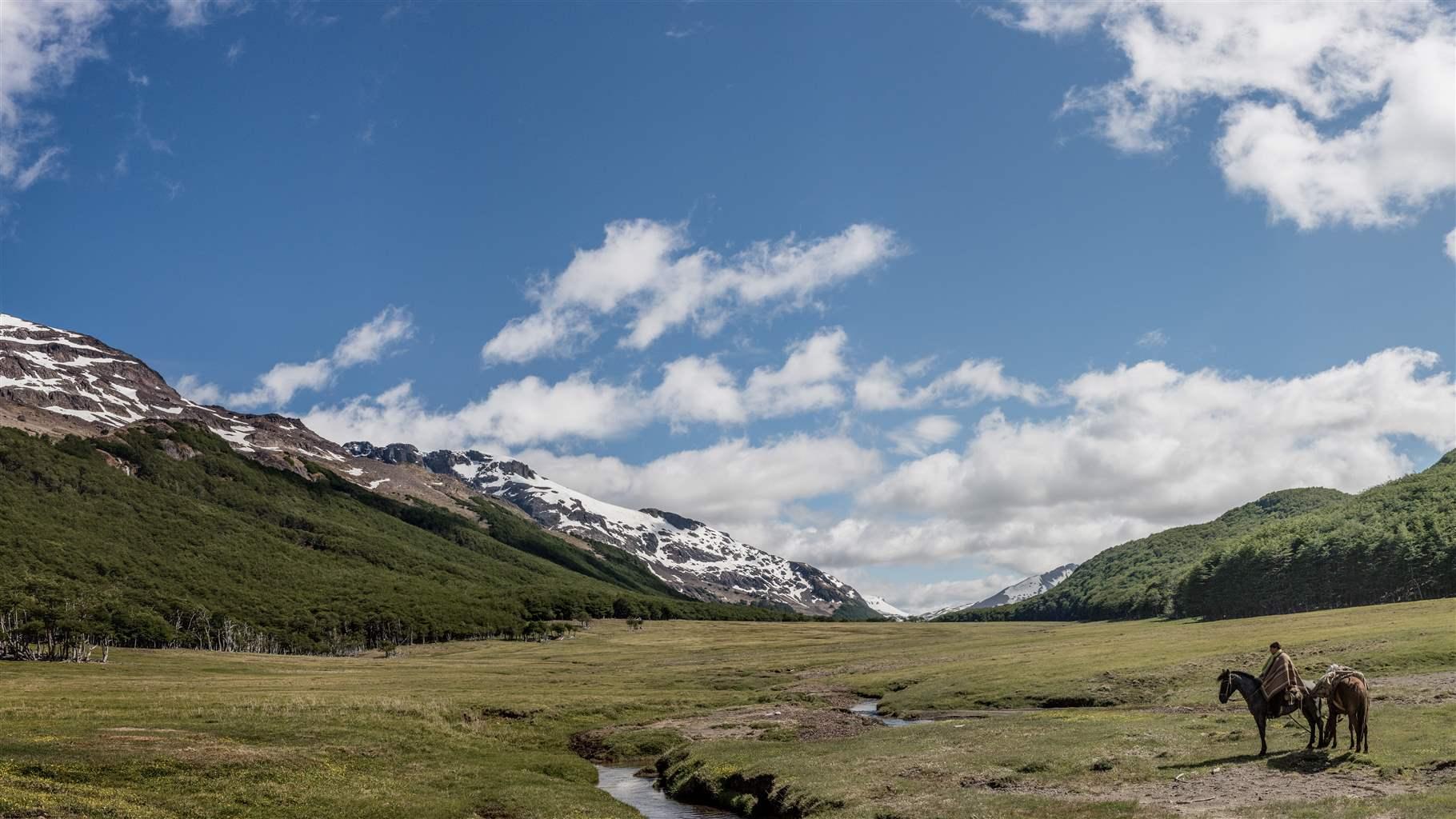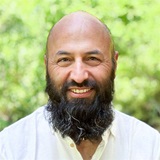Conference Aims to Improve Conservation in Chilean Patagonia—for Nature and People
Goals include boosting local involvement in protection and management of areas

Government officials, conservation experts, academics, and local and Indigenous community leaders will gather online on four consecutive Thursdays, Oct. 14-Nov. 4, to discuss Chile’s protected areas and the gateway communities that border them. These meetings—organized by the Universidad Austral de Chile with support from The Pew Charitable Trusts—will focus exclusively on the experiences, lessons learned, and challenges of conservation initiatives in Chilean Patagonia; organizers plan to hold similar series of meetings annually to cover conservation and community development efforts outside the region.
With a wide array of plant and animal species as well as peatlands and old-growth forests that absorb vast amounts of carbon, Patagonia is an area of global importance in terms of both biodiversity and climate change mitigation. The region’s rich biodiversity also provides considerable health and economic benefits to local communities; for example, through jobs derived from tourism and the clean air and outdoor fitness opportunities that huge natural areas provide.
Organizers hope that including communities in meetings such as this one will help ensure that efforts to safeguard natural areas will also improve residents’ quality of life and regional sustainable development opportunities.
The virtual conference, featuring panels and workshops organized by theme, will open on Oct. 14 with a panel discussion with Julia Miranda Londoño, deputy chair of the International Union for Conservation of Nature’s World Commission on Protected Areas; Jim Barborak, co-director of Colorado State University’s Center for Protected Area Management and Training; and Celestino Ancamil, president of the Nautical Tourism and Cetacean Conservation Association of Puerto Cisnes.
The Oct. 21 session will focus on marine conservation, followed by land conservation on Oct. 28 and land management on Nov. 4.
For more information and to register, visit www.encuentroareasprotegidas.com. Registrations are being accepted up to the day before each session.
Francisco Solís Germani directs The Pew Charitable Trusts’ Chilean Patagonia project.












